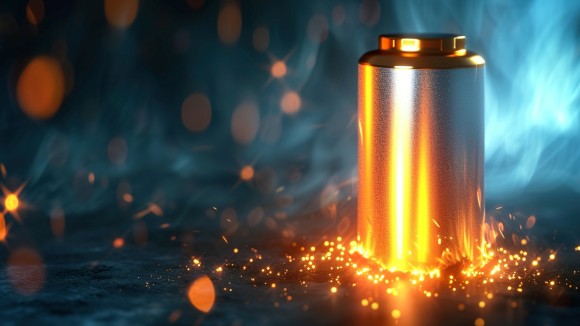Jun Lu, PhD, Zhejiang University, China
 Jun Lu is a chair professor at Zhejiang University and the Dean of Quzhou Power Battery and Energy Storage Research Institute. His research focuses on electrochemical energy storage and conversion technology, with the main focus on beyond Li-ion battery technology. He earned his Bachelors degree from the University of Science and Technology of China (USTC) in 2000. He obtained his Ph.D. from the Department of Metallurgical Engineering at the University of Utah (USA) in 2009 with research directed towards metal hydrides for reversible hydrogen storage applications. He received many awards in the field of electrochemical energy storage and conversion throughout his career including IBA Research Award (2022), ECS Battery Division Technology Award (2022); Research Excellence Award in Electrochemical Energy Storage (EES Award), ACS ENFL Division (2022); IBA Early Career Award (2020); R&D 100 Award (2019), and Emerging Researcher Award of ACS ENFL (2019).
Jun Lu is a chair professor at Zhejiang University and the Dean of Quzhou Power Battery and Energy Storage Research Institute. His research focuses on electrochemical energy storage and conversion technology, with the main focus on beyond Li-ion battery technology. He earned his Bachelors degree from the University of Science and Technology of China (USTC) in 2000. He obtained his Ph.D. from the Department of Metallurgical Engineering at the University of Utah (USA) in 2009 with research directed towards metal hydrides for reversible hydrogen storage applications. He received many awards in the field of electrochemical energy storage and conversion throughout his career including IBA Research Award (2022), ECS Battery Division Technology Award (2022); Research Excellence Award in Electrochemical Energy Storage (EES Award), ACS ENFL Division (2022); IBA Early Career Award (2020); R&D 100 Award (2019), and Emerging Researcher Award of ACS ENFL (2019).
Ya You, PhD, Wuhan University of Technology, China

Ya You’s research interests focus on electrochemical energy storage and conversion technology, with a focus on batteries operated at extreme conditions (high/low temperatures, high voltage, fast charging, etc.). She has published 60 academic papers, including in J. Am. Chem. Soc., Angew. Chem. Int. Ed., Adv. Mater., Chem., Energy Environ. Sci., Adv. Energy. Mater., and Nano Lett. etc. Her work has been cited over 8000 times with an H-index of 41. Her work has been selected into the Research Highlights of Nature Reviews Materials.

